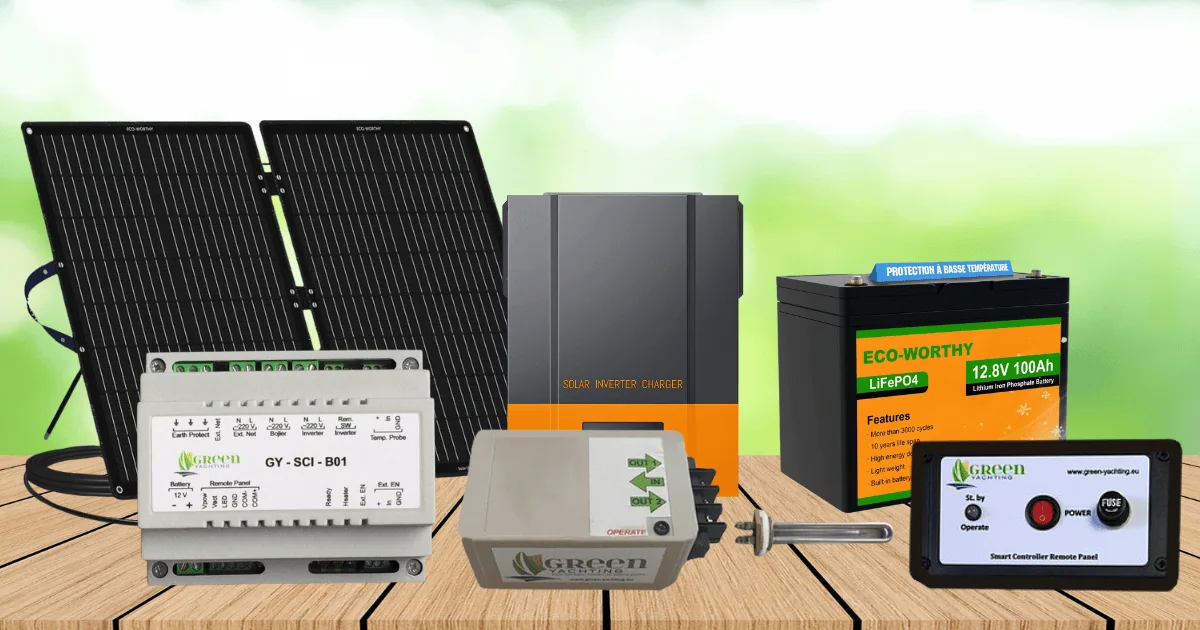Plug & Play Solar Systems
By Christopher Longmore|2024-07-06T17:36:43+01:0028/06/2024|Categories: Advice, Camper Vans, Caravans, Grid Connected/Own Consumption, Houseboats, Motorhomes, Motorhomes (RVs) & Camper Vans, Narrowboat Advice, Narrowboats, Off-grid Sites, River Cruisers, Sailing Yacht Advice, Sailing Yachts|Tags: advice, zendure|
WHAT'S NEW IN SOLAR ENERGY SYSTEMS? Originally called "Balcony" systems, better named "Plug [...]
Welcome to Super Solar Systems
By Christopher Longmore|2024-04-22T11:47:24+01:0022/11/2023|Categories: Batteries <3Kw, Houseboats, Hybrid Inverters, Motorhomes (RVs) & Camper Vans, Narrowboats, News, Off-grid Sites, Power Stations, River Cruisers, Sailing Yachts, Solar Panels, Solar Water Heaters, Water Heaters, Wide-beams|
Welcome to Super Solar Systems The successor to Green Yachting. [...]
Hybrid Off-grid Energy Solutions
By Christopher Longmore|2024-01-05T13:33:28+01:0007/11/2023|Categories: Houseboats, Hybrid Inverters, News, Off-grid Sites, Power Stations, Solar Panels|
We are continuing to accumulate experience in how best to manage the off-grid energy [...]
Search Your Blog
Categories
- Advice
- Batteries <3Kw
- Camper Vans
- Caravans
- Grid Connected/Own Consumption
- Hepway
- Houseboats
- Hybrid Inverters
- Motorhomes
- Motorhomes (RVs) & Camper Vans
- Narrowboat Advice
- Narrowboats
- News
- Off-grid Sites
- Plug & Play
- Power Stations
- River Cruisers
- Sailing Yacht Advice
- Sailing Yachts
- Solar Panels
- Solar Water Heaters
- Standalone
- Water Heaters
- Wide-beams
Recent Posts
Tags






Recent Comments